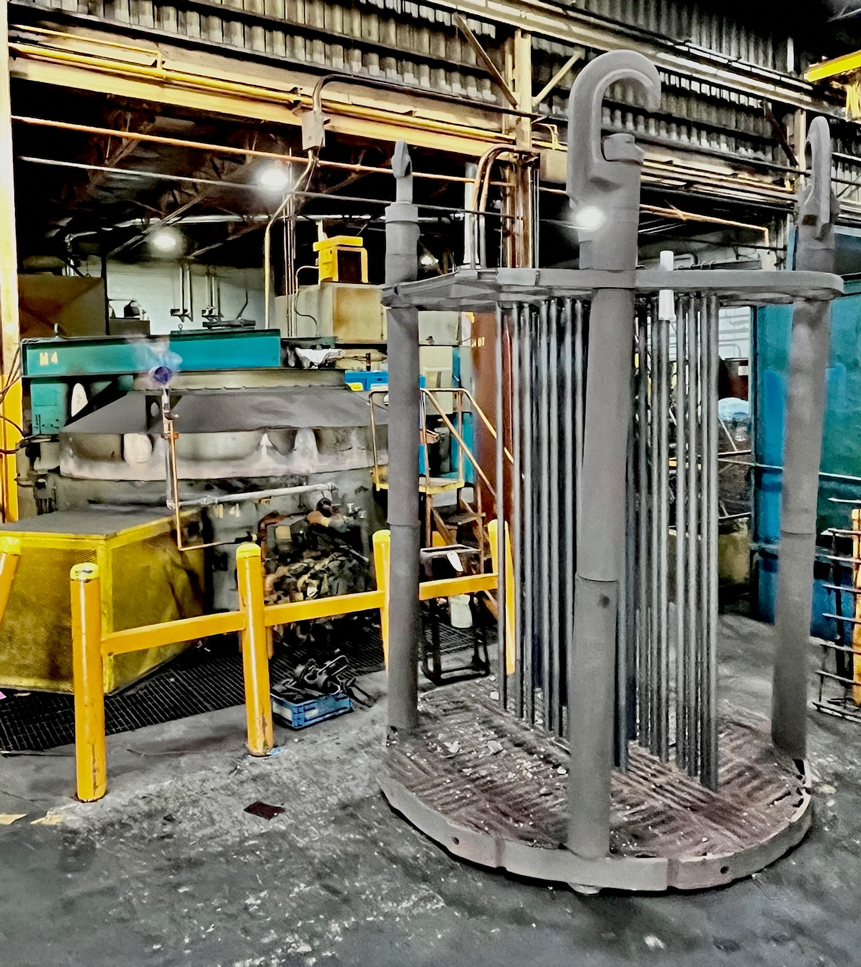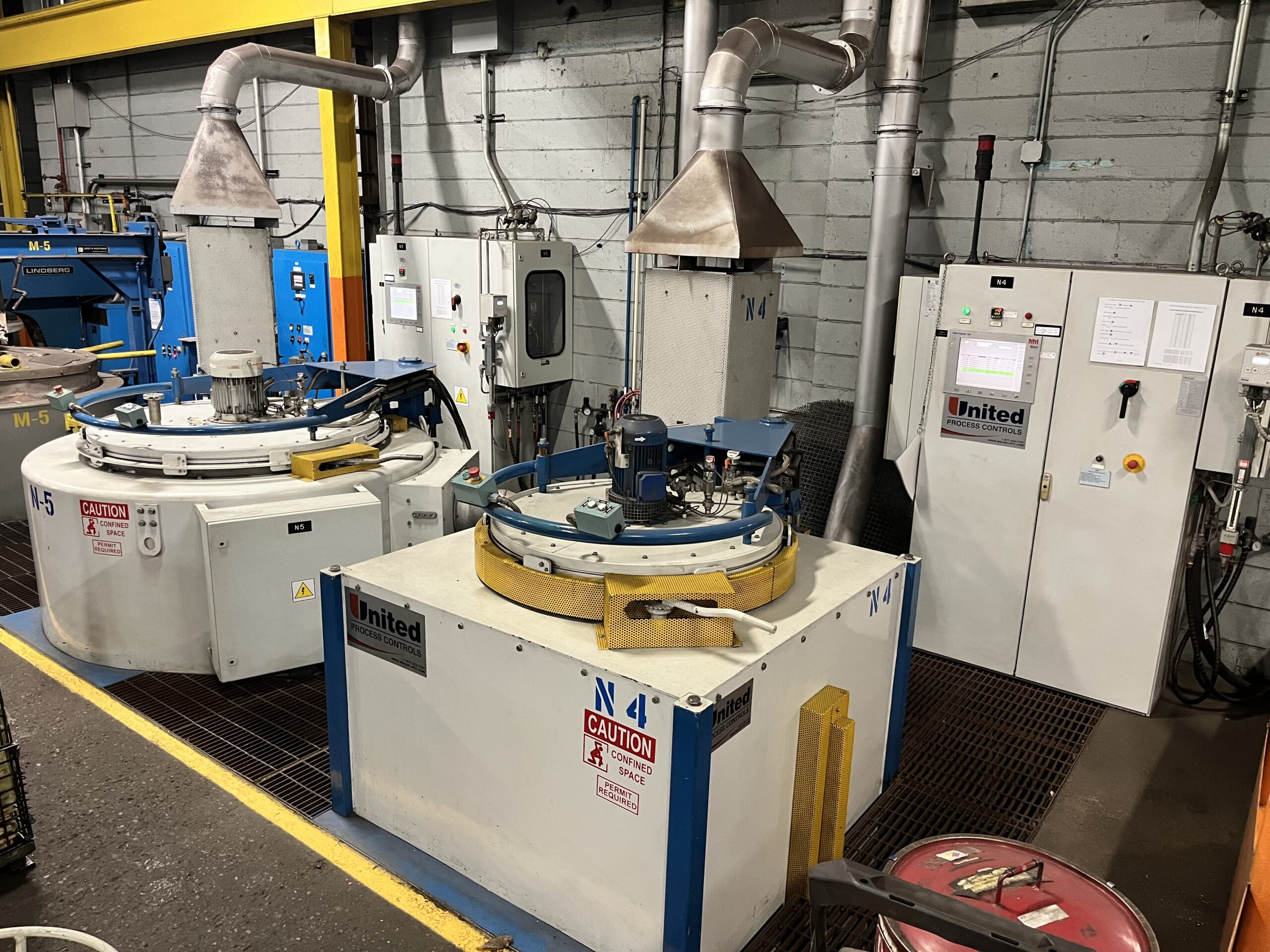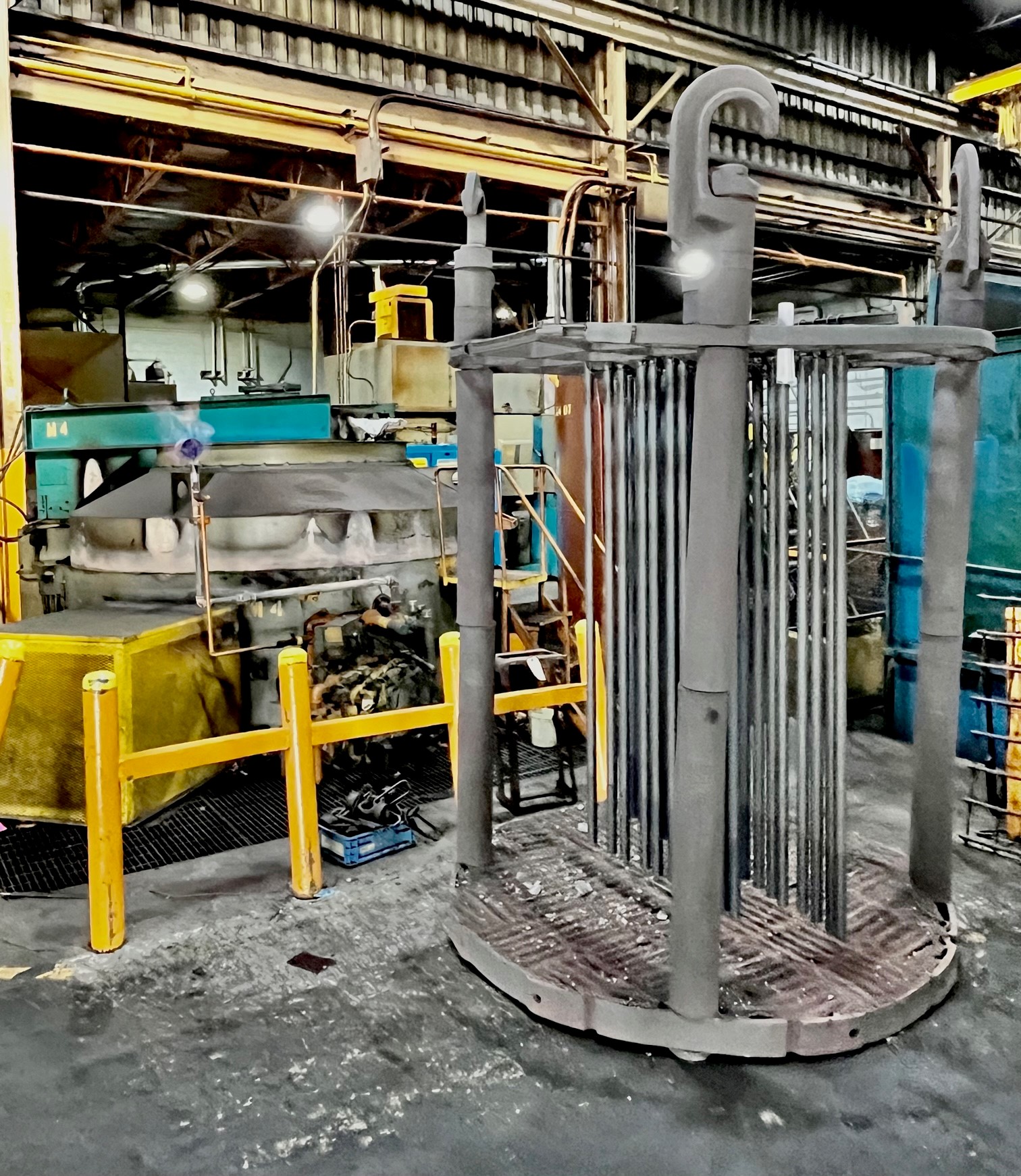Services & Special processes we offer
Engineered Heat Treat offers a wide range of processes for all types of jobs with both special process and standard specifications. We have a full Metallurgical Laboratory staffed with Metallurgists and well-qualified technicians, which use state-of-the-art testing equipment to ensure conformance to all customer requirements and specifications. See below for specific processes.
We are committed to provide heat treat services that meet or exceed our customer’s expectation of quality, cost and delivery. Our objectives will be achieved through our commitment to continuous improvement, quality and innovation to ensure customer satisfaction.
OTHER PROCESSES
Straightening
A device and process used in metalworking to straighten material.
Deep Freezing (-120F Below)
Further transformation of the austenite into martensite can be induced by slowly cooling the metal to extremely low temperatures. Cold treating generally consists of cooling the steel to around -115˚F (-81˚C) but does not eliminate all of the austenite.
Stress Relieve
Stress-relieving is a technique to remove or reduce the internal stresses created in metal. These stresses may be caused in several ways, ranging from cold working to non-uniform cooling.
Heat Treat Austenitic Corrosion Resistant Steel
This microstructure is achieved by alloying steel with sufficient nickel and/or manganese and nitrogen to maintain an austenitic microstructure at all temperatures, ranging from the cryogenic region to the melting point.
Austemper
A heat treatment for ferrous alloys in which a part is quenched from the austemping temperature at a rate fast enough to avoid formation of ferrite or pearlite and then held at a temperature just above Ms. until transformation to bainite is complete.
Martemper
Martempering is also known as stepped quenching or interrupted quenching. In this process, steel is heated above the upper critical point (above the transformation range) and then quenched in a hot-oil, molten-salt or molten-lead bath kept at a temperature of 150-300 °C.
Hot Oil Capabilities
Hotter oil for quenching helps the hardenability process and helps with part distortion.
Homogenize
Holding at high temperature to eliminate or decrease chemical segregation by diffusion.
Grit Media or Aluminum Oxide Blast
High speed steel grit or aluminum grit blast to clean all surface areas of a part.
Tempering
Untempered martensitic steel, while very hard, is too brittle to be useful for most applications. A method for alleviating this problem is called tempering. Most applications require that quenched parts be tempered.
Normalizing
Normalize, Quench, Temper
Normalizing is a technique used to provide uniformity in grain size and composition (equiaxed crystals) throughout an alloy.
Annealing
Annealing consists of heating a metal to a specific temperature and then cooling at a rate that will produce a refined microstructure either fully or partially separating the constituents
Precipitation Hardening – Age
Some metals are classified as precipitation hardening metals. When a precipitation hardening alloy is quenched, its alloying elements will be trapped in solution, resulting in a soft metal.
Certified Metallurgical Lab Testing
Several certified pieces of lab equipment used in testing and certifying a parts physical and microstructural characteristics post heat treating.
X-Ray Diffraction Testing
the scattering of X-rays by the regularly spaced atoms of a crystal, useful in obtaining information about the structure of the crystal.
Copper Plating
The process of electroplating a layer of copper onto the surface of a metal object. Copper is used both as a standalone coating and as an undercoat onto which other metals are subsequently plated.



